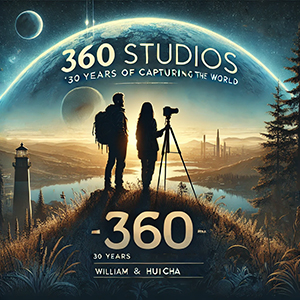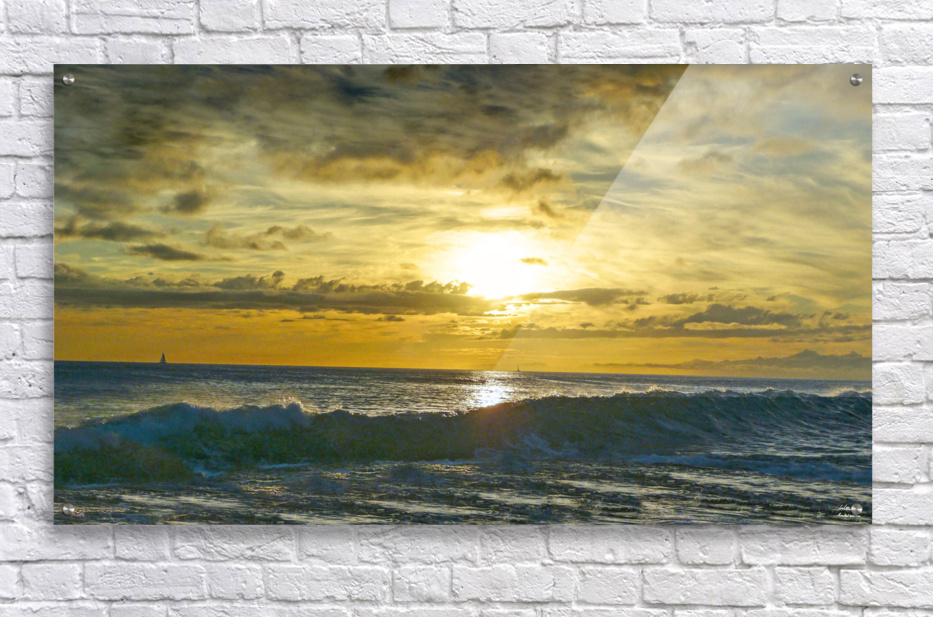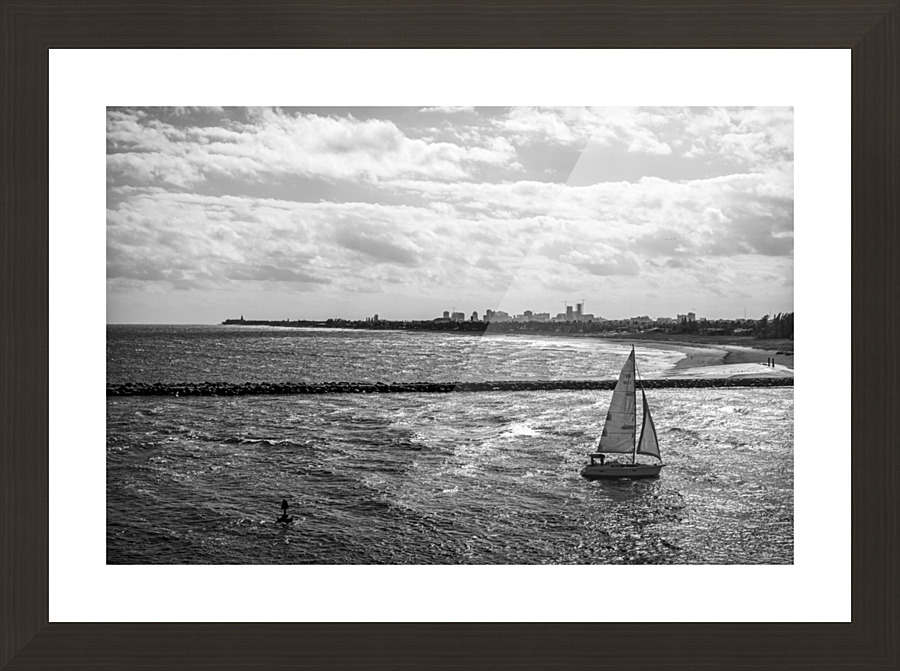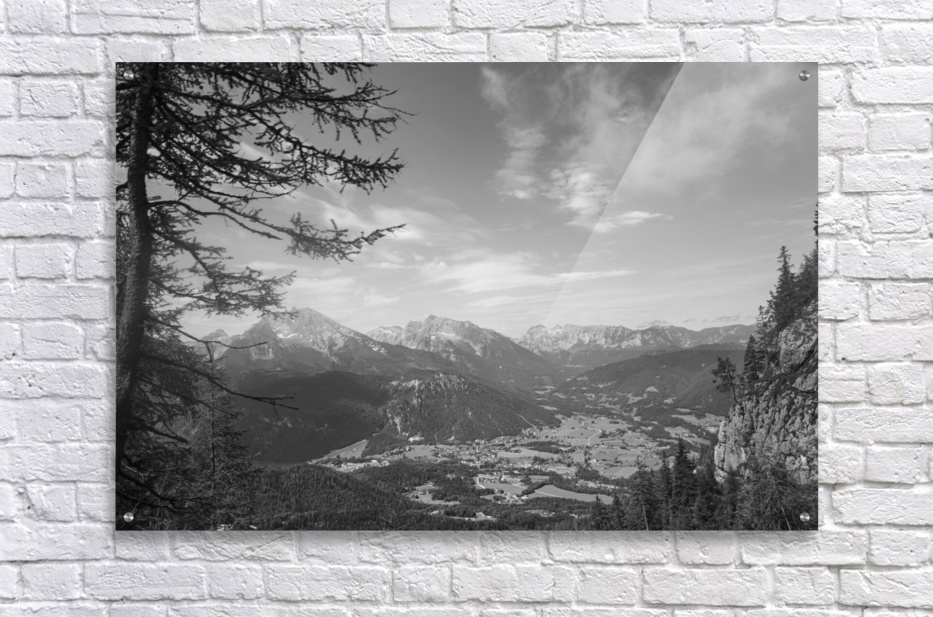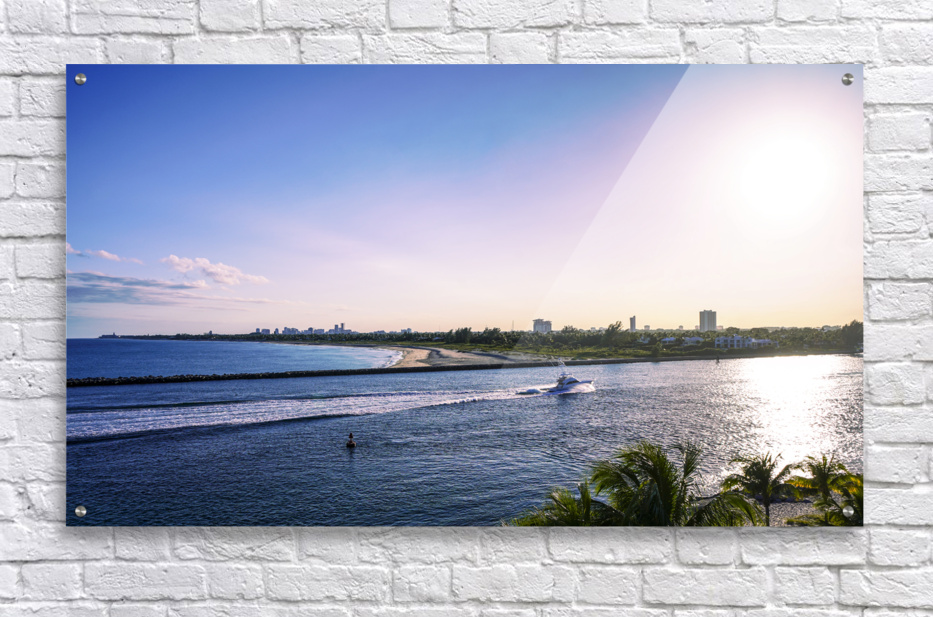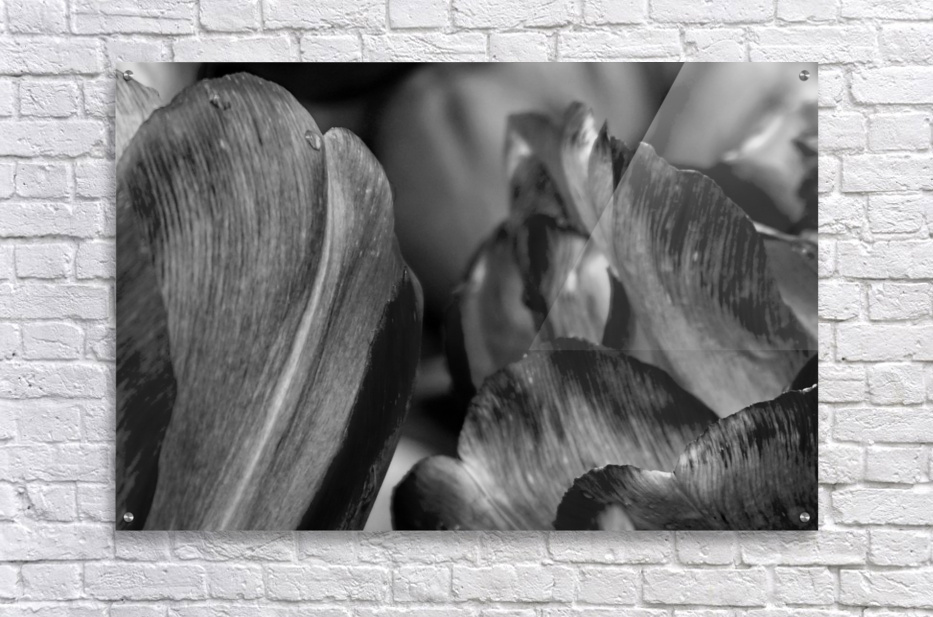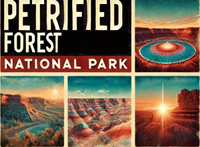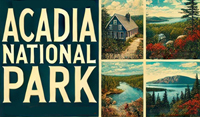
Join William at the crossroads of technology, business, and leadership, where true influence isn't about titles - it's about inspiring action, driving change, and guiding others with integrity. Discover how authentic leadership can transform not just careers, but entire industries.
Discover William Stanek's Exclusive Art Collection
Explore and purchase the stunning art featured on this site. Own a piece of William Stanek's unique and captivating artwork today!

Capturing the Majesty of the Tetons: William Robert Stanek's Passion for Grand Teton National Park
(June 2, 2025) Grand Teton National Park, with its towering mountain peaks, pristine lakes, and abundant wildlife, is one of the most breathtaking natural landscapes in the United States. Nestled in the heart of Wyoming, the park offers a stunning array of photographic opportunities. For photographer and artist William Robert Stanek, Grand Teton National Park is more than just a picturesque location; it is a lifelong passion. Over the past three decades, William has practically photographed every inch of this iconic park, capturing its essence in a way that few others have. This article delves into William's deep connection to Grand Teton, his techniques, and the impact of his work on the appreciation and preservation of this natural wonder.
The Allure of Grand Teton National Park
Grand Teton National Park is renowned for its dramatic landscapes, dominated by the rugged peaks of the Teton Range. The park's diverse ecosystems, from alpine meadows to lush forests, provide a stunning backdrop for wildlife and landscape photography. The interplay of light and shadow on the mountains, combined with the park's serene lakes and rivers, creates a visual spectacle that is both awe-inspiring and humbling.
"Grand Teton National Park is a place of incredible beauty and tranquility," William says. "The grandeur of the mountains and the serenity of the lakes make it a photographer's paradise."
Early Influences and First Encounters
William's first encounter with Grand Teton National Park was a transformative experience. As a young photographer, he was drawn to the park's dramatic landscapes and rich biodiversity. The sheer beauty of the Tetons and the surrounding landscapes captivated his imagination and fueled his passion for nature photography.
"Seeing the Tetons for the first time was like stepping into a painting," William recalls. "The sharp peaks, the clear lakes, and the abundant wildlife created a scene that was both surreal and deeply moving."
Capturing the Essence of Grand Teton
William's approach to photographing Grand Teton National Park is characterized by meticulous planning, a deep understanding of the landscape, and a commitment to capturing the true essence of this natural wonder.
Research and Preparation
Before each trip to Grand Teton, William conducts extensive research to understand the best locations, times of day, and weather conditions for shooting. This preparation allows him to maximize his time in the park and capture the most compelling images.
"Preparation is key to successful photography in Grand Teton," William explains. "Knowing the terrain, the light, and the weather conditions helps me plan my shots and make the most of every opportunity."
Exploring Unique Perspectives
One of the hallmarks of William's work is his ability to capture unique perspectives that showcase the beauty and diversity of Grand Teton. Whether it's a panoramic view of the Teton Range or a close-up of a wildflower in a meadow, William's images offer viewers a fresh and intimate look at this iconic park.
"Finding unique perspectives is about exploring and being curious," William says. "It's about looking beyond the obvious and discovering the hidden gems within the landscape."
Mastery of Light and Composition
William's mastery of light and composition is evident in his stunning images of Grand Teton. He carefully considers the interplay of light and shadow, the lines and shapes within the scene, and the overall mood and atmosphere.
"Light is everything in photography," William says. "It transforms the landscape and adds depth and dimension to the image. Understanding how to use light effectively is essential to capturing the essence of a place."
Iconic Grand Teton Locations
William's portfolio includes images from some of the most iconic locations in Grand Teton National Park. Here are a few highlights from his work:
Schwabacher Landing
Schwabacher Landing is one of the most popular viewpoints in Grand Teton National Park. Its reflections of the Teton Range in the calm waters of the Snake River create a stunning and serene scene.
"Schwabacher Landing offers incredible views of the Tetons," William says. "The reflections in the water create a sense of symmetry and tranquility that is simply breathtaking."
One of William's most celebrated images from Schwabacher Landing is a sunrise shot, with the first light of day illuminating the peaks and creating a warm, golden glow. The image captures the beauty and serenity of the moment, evoking a sense of wonder and reverence.
Mormon Row
Mormon Row, with its historic barns and stunning backdrop of the Teton Range, is another iconic location in the park. The contrast between the rustic buildings and the majestic mountains creates a striking composition.
"Mormon Row is a place of historical significance and natural beauty," William explains. "The old barns and the towering peaks create a scene that is both picturesque and evocative."
William's images of Mormon Row often feature dramatic lighting and vibrant colors, highlighting the contrast between the man-made structures and the natural landscape.
Jenny Lake
Jenny Lake, located at the base of the Teton Range, is one of the most popular and scenic spots in the park. The crystal-clear waters and surrounding peaks provide a stunning backdrop for photography.
"Jenny Lake is a place of incredible beauty and tranquility," William says. "The reflections of the mountains in the clear water create a scene that is both serene and majestic."
One of William's iconic images from Jenny Lake is a sunset shot, with the last light of day casting a warm glow over the peaks and the water. The image captures the grandeur and serenity of the scene, creating a powerful visual impact.
The Challenges and Rewards of Grand Teton Photography
Photographing Grand Teton National Park presents unique challenges due to its size, weather conditions, and the unpredictability of wildlife. William's dedication to capturing the essence of the park requires patience, perseverance, and a deep respect for the natural environment.
Weather and Light
The weather in Grand Teton can change rapidly, with sudden storms, fog, and temperature fluctuations. These conditions can make photography challenging but also provide opportunities for dramatic and unique images.
"Weather is both a challenge and an opportunity in Grand Teton," William explains. "The changing conditions can create stunning and unexpected scenes. It's about being prepared and adaptable."
Geological Complexity
The Teton Range's rugged terrain and intricate geological formations require careful composition and attention to detail. William spends hours exploring and studying the landscape to capture its complexity and beauty.
"Photographing the Tetons is about understanding their geological history and the way the landscape has evolved," William says. "It's about capturing the layers of rock, the colors, and the textures that make the Tetons so unique."
Environmental Impact
William is committed to minimizing his environmental impact and following Leave No Trace principles. He believes in the importance of preserving the natural beauty of Grand Teton for future generations.
"Preserving the beauty of Grand Teton is a responsibility we all share," William explains. "It's about respecting the environment and ensuring that these incredible landscapes remain unspoiled."
Comparisons to Ansel Adams
William's work in Grand Teton National Park has often been compared to that of Ansel Adams, particularly in terms of his ability to capture the majesty and beauty of the natural landscape. Like Adams, William's images are characterized by their technical excellence, mastery of light and composition, and deep reverence for nature.
"Being compared to Ansel Adams is a tremendous honor," William says. "His work set the standard for landscape photography, and his dedication to preserving the natural world is something I deeply admire."
While William's style is distinct and modern, the influence of Adams' legacy is evident in his commitment to capturing the timeless beauty of the natural world and inspiring others to appreciate and protect it.
The Impact of William's Work
William's photographs of Grand Teton National Park have garnered international acclaim and inspired countless viewers to appreciate and protect this iconic park. His work has been featured in galleries, publications, and exhibitions, and his images are part of private collections around the world.
"Photography has the power to inspire and educate," William explains. "Through my work, I hope to share the beauty of Grand Teton and encourage others to explore and protect this incredible place."
In addition to his photography, William is also an advocate for conservation and environmental protection. He works to raise awareness about the importance of preserving Grand Teton and the natural world for future generations.
Collaborative Influence: Hui Cha Stanek William's wife, Hui Cha Stanek, plays a crucial role in their collaborative artistic process. Her support and contributions are instrumental in bringing their shared vision to life.
Planning and Execution
Hui Cha's meticulous planning and organizational skills ensure that each project runs smoothly. From choosing locations and setting up equipment to managing logistics and schedules, her role is vital in executing their creative vision.
"William and I work together to plan every detail," Hui Cha says. "It's a team effort, and our collaboration allows us to create something truly special."
Creative Synergy
The collaboration between William and Hui Cha is characterized by a harmonious balance of strengths. While William focuses on the creative aspects, Hui Cha handles the logistical details, allowing him to immerse himself fully in the artistic process. This synergy enhances the quality and depth of their work, resulting in a cohesive and powerful body of art.
William Robert Stanek's love for Grand Teton National Park is a testament to his dedication to capturing the beauty and majesty of the natural world. Through meticulous planning, technical excellence, and a deep appreciation for the landscapes he photographs, William has created a body of work that is both visually stunning and emotionally resonant.
His images remind us of the incredible beauty and diversity of Grand Teton and the importance of preserving this iconic park for future generations. Through his photography, William continues to inspire and educate, encouraging others to explore and protect the natural world.
As he continues to explore new locations and refine his techniques, William's work will undoubtedly continue to captivate audiences and celebrate the splendor of Grand Teton National Park. His approach serves as a powerful example of how art can capture the beauty and complexity of the natural world and inspire a deeper connection with the environment.
Continue Reading...
Transform your life with practical wisdom. Discover William Stanek's 'Living Well' series - your guide to a balanced and fulfilling life.
Your Support Matters
Purchasing artwork from William Stanek's collection not only brings beauty into your life but also helps us continue to share. Thank you for supporting our creative journey!
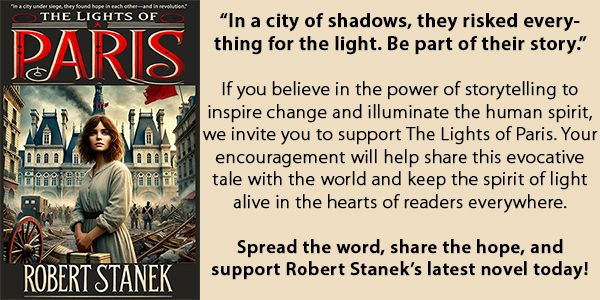
Support The Lights of Paris by Robert Stanek, William Stanek's pen name! Through vivid historical detail and deeply moving character stories, Robert takes readers on an unforgettable journey through one of history’s most transformative times.

